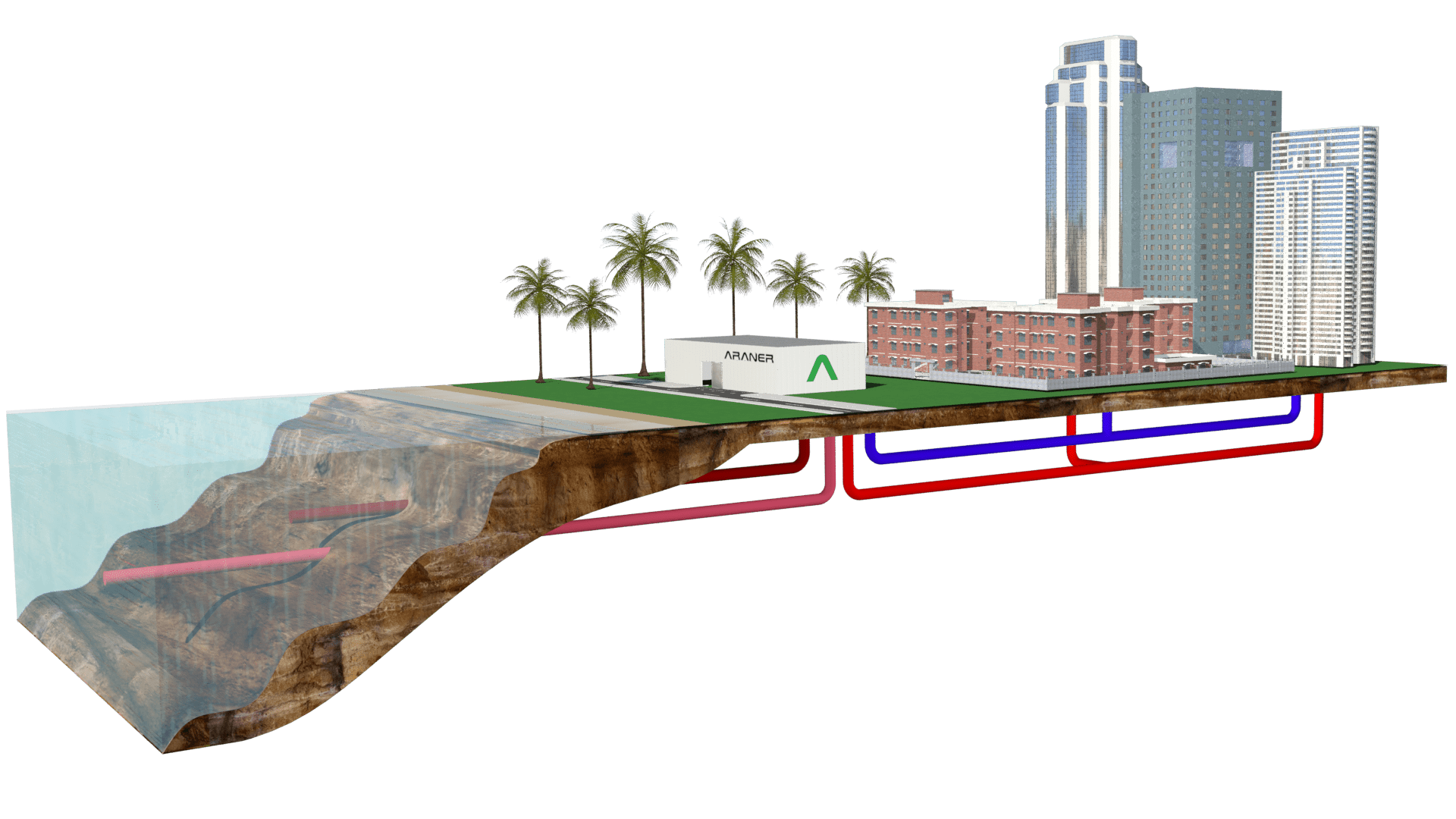The need for sustainable cities is unquestionable. While these might take many shapes and forms in the coming years, a few figures can shed some light on the impending need for a model of a viable eco city.
On the one hand, the importance of cities on the global economy is crucial, becoming real engines of economic growth. On the other hand, they are attributed to over 70% of global energy use, as well as 40 to 50% of greenhouse gas emissions worldwide.
Additionally, this issue is amplified by the fact that cities are especially vulnerable to particular effects of climate change, including heatwaves, flash floods, pollution and soil contamination.
As cities continue welcoming an increasing number of workers and people, they face the challenge of doing so in a sustainable way, aligning with the UN sustainable Development Goals.
What does the path towards designing the sustainable cities of the future look like? Keep reading to find out.
Sustainable cities: their current and future shape
Sustainable cities can be defined as the urban areas that aim at reducing their environmental footprint as well as promoting sustainable consumption and production patterns.
As such, they typically involve the following characteristics:
- Policies around energy consumption and energy production. Sustainable cities strive to align their energy production and demand, as well as to incorporate renewable energy solutions. For instance, Munich has installed a series of initiatives that have enabled 80% of the energy they consume to originate from renewable sources since 2015.
- Low emissions, and good air quality. An eco city is also defined by its capacity to reduce greenhouse gasses and the goal of reaching carbon neutrality.
- Efficient use of resources. This includes water and land resources, as well as the development of circular economy models
- Sustainable mobility commitments. Sustainable cities typically limit the number of carbon-emitting transportation options such as cars and promote public transportation, cycling or other eco alternatives.
- Waste reduction. These efforts might take many shapes, from recycling and composting programs to sustainable production and consumption practices.
When looking at the current shape of sustainable cities today, it’s also key how they’re leveraging technology in order to meet all these needs. As such, smart city development is inevitably linked to the eco city of the future. This represents an approach to urban areas in which technology helps make the most efficient use of water supplies, public transportation and sustainable city heating and cooling structures in smart cities.
The role of district energy in sustainable cities
The impact of heating and cooling in cities is one of the key aspects to consider when designing sustainable cities, considering these systems can account for up to half of local energy consumption.
A sustainable model for heating and cooling in an eco city should guarantee the following aspects:
- Matching production and use, avoiding waste scenarios
- Incorporate renewable energy sources, especially if they can be locally produced
- Advance towards decarbonization
- Promote circular models, resilience and sharing of resources
As such, district energy stands out as a solution for modern, low-carbon energy systems in sustainable cities, as proven by numerous successful initiatives (for instance, Frankfurt will achieve 100% renewable energy by 2050 thanks to district energy).
What is district energy
District energy is a system that provides heating and/or cooling services from a central plant to multiple buildings or facilities via a network of underground pipes and a closed-loop of hot water, steam or chilled water.
Sustainable cooling technologies
Sustainable district cooling initiatives provide relief for cities in need to decrease their energy consumption for cooling, which can reach up to 20% of total electricity use.
Examples of efficient and sustainable heat dissipation systems within an eco city include:
- Air-coolers and solar energy as a source of power. This model allows for zero water consumption and contamination, as well as moving away from fossil fuels.
- Seawater-cooled condensers: blending the efficiency of liquid heat transference with the use of a natural source of water (seawater or river water).

Sustainable heating technologies
Sustainable district heating models employ large-scale heat pumps, an extremely efficient piece of equipment that is able to deliver more heat output than the equivalent of the electric input it uses.
Additionally, they can incorporate renewable energy sources, including geothermal options, sewage water, residual heat from industries, or seawater, among others.
Benefits of district energy for sustainable cities
- Totally decarbonized alternatives for heating and cooling
- Able to incorporate renewable, clean energies with a lower carbon impact as sources while guaranteeing a reliable energy production and supply
- Offer the possibility to match production and demand via data analysis or Artificial Intelligence
- Better performance thanks to the incorporation of high-capacity equipment (chillers and boilers) in a centralized location
- Option to develop circular models, reusing waste energy in cogeneration plants and tri-generation systems
- An opportunity to employ thermal energy storage solutions for enhanced efficiency. Successful applications of this model (such as the Adbali District Energy Case Study) allow central production plants to produce energy when it’s necessary and store it when demand is not as high for a later use.
- A prioritization of local energy sources and versatility to combine various energy sources, such as a blend of biomass and solar thermal energy.
- Development of microgrid models, which are easier to operate and can connect to the main grid or work in isolation. These are facilitating the creation of the prosumer, who both produces and consumes energy.
- Cost efficiency through both optimized resource employment as well as eliminating the dependency on the constant fluctuations on gas prices.
Additionally, because of their alignment with current legislation, they can also benefit from economical grants issued by governments. Their cost efficiency is even greater thanks to its centralized model for energy production. This translates into lower maintenance requirements, extended life cycles and the fact that simpler systems can be installed on each individual building, all of which drive capital costs down.
From a full life cycle analysis perspective, the environmental and economical impacts of sustainable cities can be significantly reduced by the incorporation of district energy technologies described above.
The potential of district energy to decarbonize cities has been recognized by a number of official institutions, the United Nation’s Global District Energy in Cities Initiative and its Sustainable Energy for All (SEforALL) District Energy Accelerator being one of the most important actions. From its publication during the New York Climate Summit in September 2014, this program is supporting national and municipal governments in their efforts to develop, retrofit or scale up district energy systems, with backing from international and financial partners and the private sector.
Araner: your partner for incorporating renewable energy in sustainable cities
At Araner we work hand in hand with developers and planners to generate the right district energy solutions that are already shaping what sustainable cities look like today and in the future.
As such, we’re in charge of designing and implementing district heating and district cooling solutions in which state-of-the-art equipment and infrastructures align with each project’s needs.
As sustainable cities worldwide look for environmentally-friendly urban energy models, our pioneering solutions offer top reliability and cost-efficiency, providing economic savings and guaranteeing crucial decarbonization.
Looking for a reliable energy solution that matches the needs of modern sustainable cities? Browse through some of our successful case studies, such as the Abdali District Energy project or the Ayla Oasis resort project or get in touch with us to learn more about the role of district energy in urban areas and discover how we can help you achieve the energy system your project needs.










